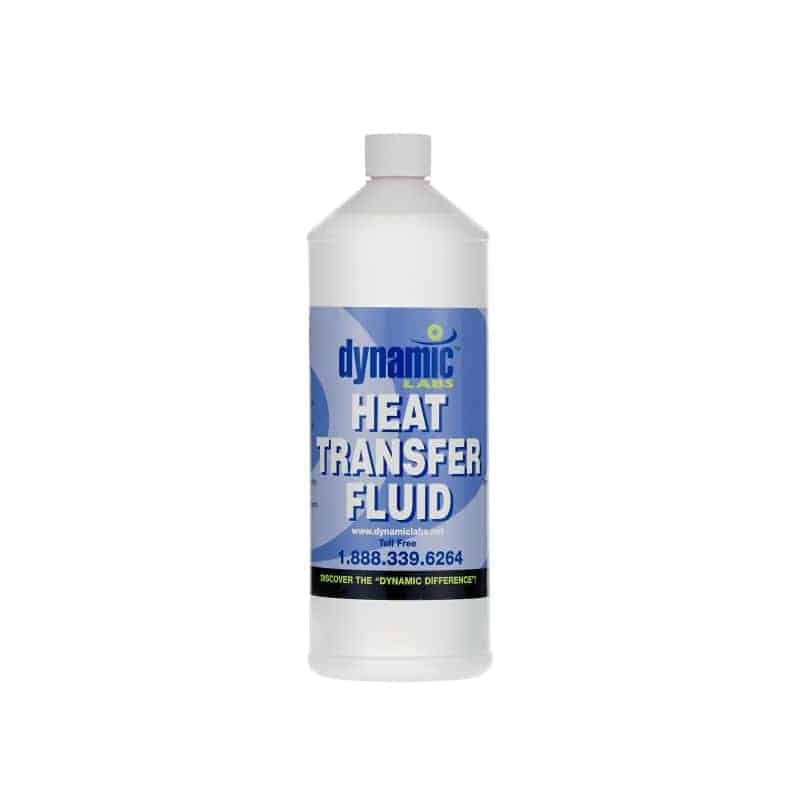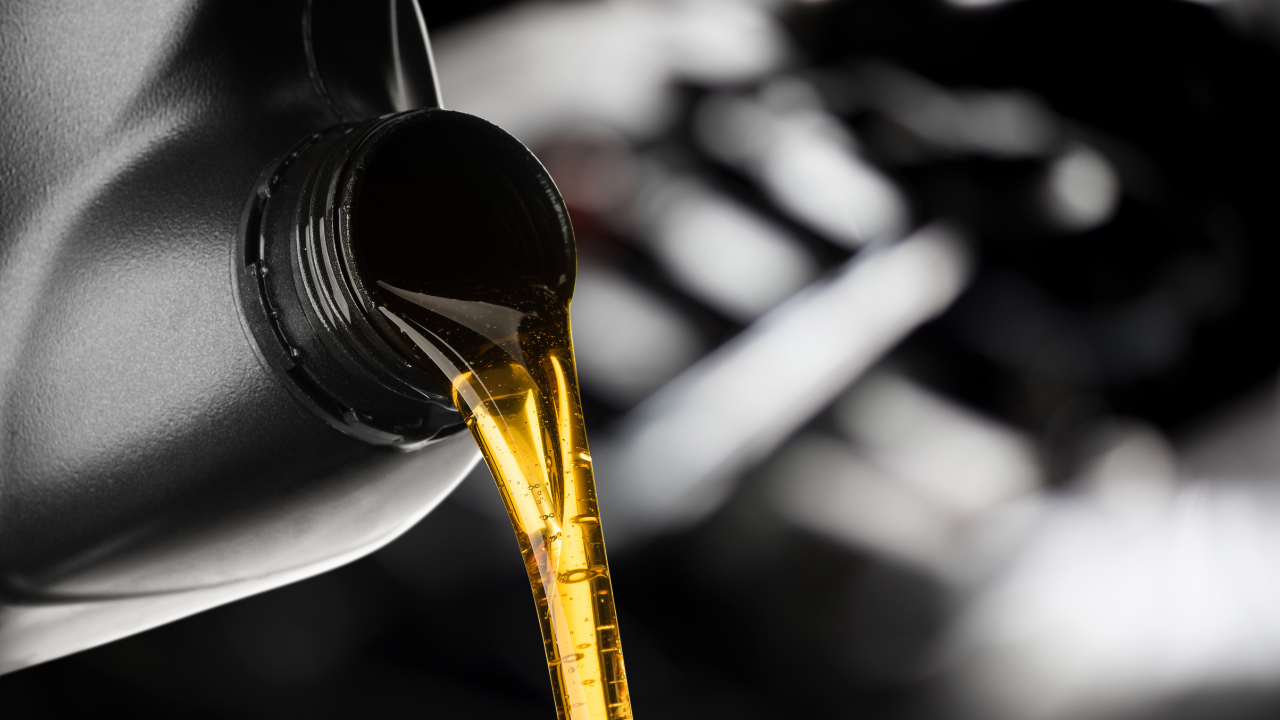Maximize Your System's Life-span With the Right Heat Transfer Fluid
Selecting the proper warm transfer fluid is vital for optimizing system performance and longevity. Recognizing the various types of heat transfer liquids and the specific needs of your application can substantially influence the general health and wellness of your system.
Importance of Heat Transfer Fluids

Furthermore, heat transfer fluids add to the safety and security and integrity of thermal systems. In addition, the ideal warmth transfer liquid can supply security against rust and scaling, further extending the lifespan of machinery and framework.
Sorts Of Heat Transfer Fluids
Different types of heat transfer liquids are generally made use of in commercial applications, each tailored to specific functional needs and temperature level varieties. The most prevalent groups consist of water, oils, and specialized synthetic fluids.
Water is usually used because of its outstanding thermal conductivity and availability; nonetheless, its constraints develop at heats and potential cold conditions. For greater temperature level applications, thermal oils, such as mineral oils or organic compounds, are made use of. These oils offer superior thermal security and can operate effectively at raised temperatures, making them ideal for processes like food processing and petrochemical manufacturing.
Synthetic liquids, which can be either organic or not natural, are designed to fulfill particular efficiency requirements. They frequently show improved residential properties such as low poisoning, wide temperature level ranges, and resistance to oxidation. Instances include esters and glycols, which are ideal for specialized applications like solar thermal systems and warmth exchangers.
Additionally, cooling agents are utilized in cooling systems, leveraging their stage change buildings to take in and launch warm efficiently. Each kind of warm transfer fluid is and presents distinct benefits chosen based upon the certain needs of the application, guaranteeing optimal efficiency and system long life.
Elements to Consider When Selecting
Picking the proper warmth transfer fluid involves careful factor to consider of a number of aspects to make sure optimal performance and system effectiveness. One of the primary variables is the temperature array needed for the system. Liquids differ in their thermal security and can decay or shed effectiveness outside certain temperature level limits.
One more critical consideration is the liquid's viscosity, as it impacts pump performance and power intake. A liquid that is also thick might hinder flow and boost operational expenses. In addition, the fluid's details warm capability plays a vital role in establishing just how properly it can move warm.
Chemical compatibility with system products is likewise necessary to protect against deterioration, degradation, or leaks - dielectric cooling fluid. Making certain that the picked liquid is compatible with the construction materials can prolong the life expectancy of the system

Benefits of Appropriate Fluid Selection
Appropriate selection of a warm transfer fluid returns significant advantages for system effectiveness and dependability. The ideal liquid improves thermal conductivity, making sure optimal warm transfer visite site prices within the system. This efficiency decreases energy usage, leading to lower operational expenses and a minimized environmental footprint.
Furthermore, suitable fluid selection adds to system long life by stopping corrosion and deterioration of components. Fluids created with rust inhibitors secure steel surfaces, thus extending the life expectancy of pumps, pipelines, and heat exchangers. In addition, selecting a fluid with appropriate thickness makes certain reliable blood circulation, which is vital for maintaining constant temperature level distribution throughout the system.
One more important benefit is the liquid's thermal stability. A stable heat transfer fluid can run over a large temperature array without damaging down or shedding performance, which is crucial for systems revealed to changing thermal problems. The best fluid can also minimize risks connected to cold or boiling, consequently avoiding functional disturbances.
Maintenance Tips for Long Life
Making certain the long redirected here life of a heat transfer system requires attentive upkeep techniques that match the advantages of appropriate liquid option. Routine examinations are essential to identify potential leakages, deterioration, or sediment accumulation that can endanger system performance. Develop a routine schedule to assess pipe stability, connections, and installations, as these locations are frequently at risk to tear and put on.

Monitoring fluid degrees and high quality is similarly important. Consistently look for signs of contamination, such as staining or particulate issue, which can indicate destruction of the warmth transfer liquid. Carrying out regular liquid analysis can give insights into its chemical properties, enabling prompt replacements when needed.
In addition, maintaining optimal operating temperatures is vital. Motivate making use of temperature level controls and sensors to stay clear of getting too hot, which can increase liquid deterioration and damages system parts.
Last but not least, always stick to the manufacturer's standards relating to fluid replacement intervals and upkeep procedures. By dedicating to these best methods, you can considerably boost the functional life expectancy of your warmth transfer system, making certain reputable efficiency and decreasing the demand for early substitutes or costly fixings.
Conclusion
Finally, the choice of an appropriate warmth transfer liquid is important for enhancing system efficiency and durability. By understanding the numerous types of liquids and considering crucial factors such as thermal conductivity and corrosion resistance, ideal performance can be attained. Additionally, normal upkeep and assessments play an important role in maintaining operating conditions. Focusing on these components makes sure the prolonged lifespan of vital elements, inevitably contributing to a much more reliable and trustworthy system.
Warmth transfer fluids play a critical function in numerous industrial and commercial applications by promoting the reliable transfer of heat in between surfaces.Furthermore, heat transfer fluids contribute to the safety and security and reliability of thermal systems. Furthermore, the check this liquid's particular heat ability plays an important function in identifying exactly how successfully it can transfer warmth.
The appropriate liquid boosts thermal conductivity, making sure ideal heat transfer prices within the system. A secure warmth transfer fluid can operate over a large temperature range without damaging down or losing efficiency, which is important for systems exposed to varying thermal problems.
Comments on “Why Propylene Glycol is a Preferred Choice for Non-toxic Heat Transfer Fluid”